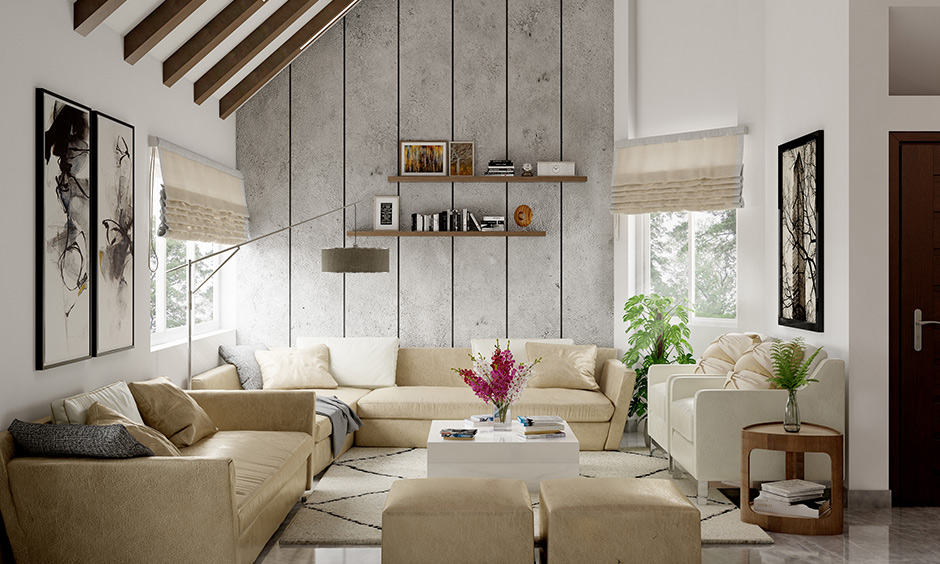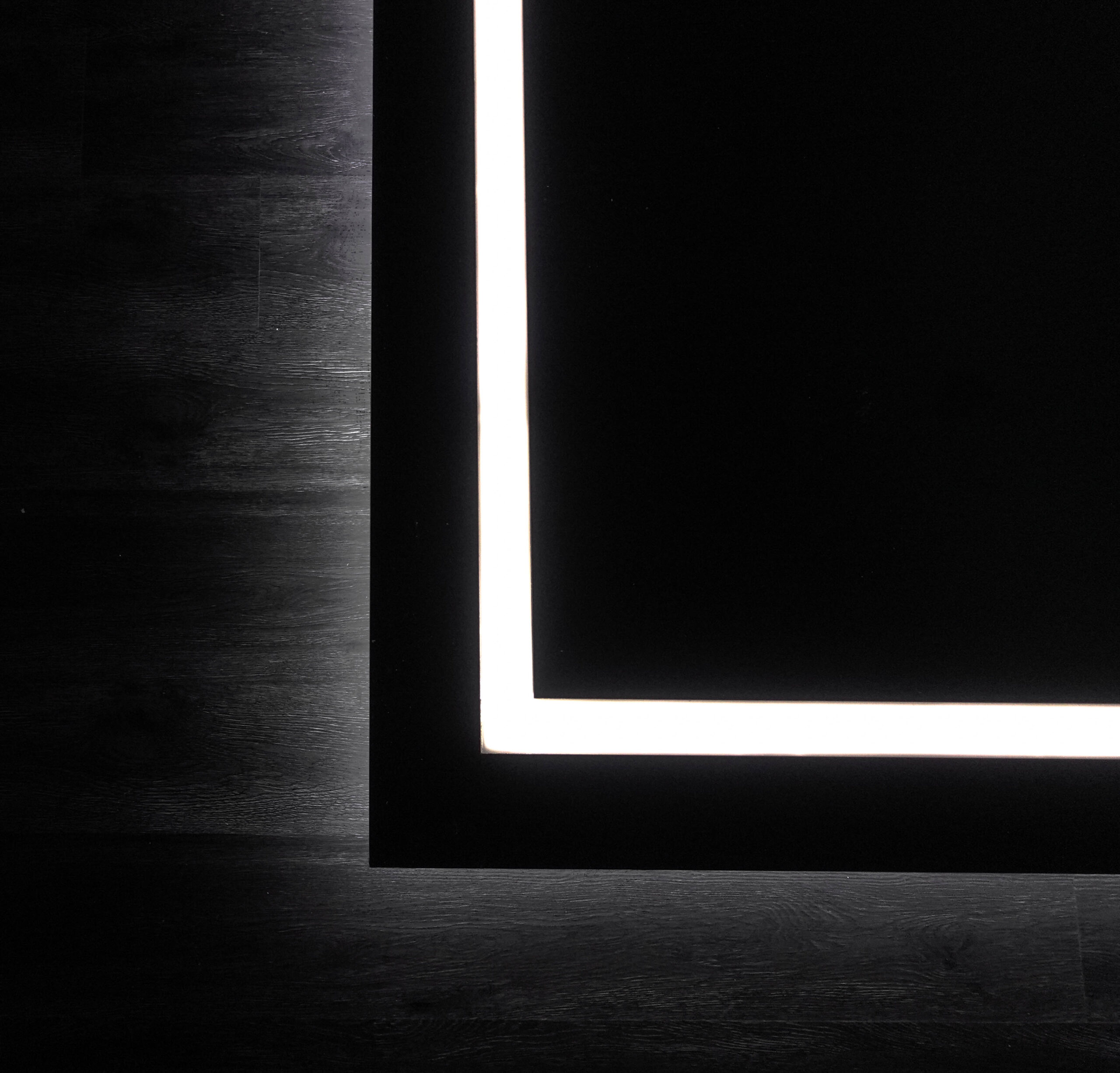Interior design is an art form that goes beyond merely arranging furniture and selecting color palettes. It encompasses a holistic approach to transforming spaces into harmonious environments that evoke a sense of style, functionality, and emotional connection. Whether it’s a cozy living room, a sophisticated office, or a serene bedroom, interior design has the power to influence our mood, enhance our well-being, and reflect our personality. In this article, we will explore the fundamental principles of interior design and how they can be applied to create spaces that are both visually appealing and functional.
One of the key elements in interior design is balance. Achieving balance involves distributing visual weight evenly throughout a space, whether it’s through the arrangement of furniture, the placement of artwork, or the use of color. Symmetrical balance, where elements are mirrored on either side of a central axis, creates a sense of formal elegance, while asymmetrical balance allows for a more dynamic and eclectic look. Striking the right balance in a room creates a visual equilibrium that feels harmonious to the eye.
Another crucial aspect of interior design is the use of color. Color can set the mood and ambiance of a space. Warm colors like red, orange, and yellow can create a cozy and inviting atmosphere, while cool colors such as blue and green promote a sense of calm and relaxation. Understanding color theory and its psychological effects allows interior designers to make informed choices that align with the desired mood and purpose of a room. Moreover, the strategic use of accent colors can add visual interest and create focal points within a space.

Space planning is an integral part of interior design malaysia, especially when dealing with smaller or oddly shaped rooms. It involves determining the best placement of furniture and accessories to maximize functionality and flow. Effective space planning considers the purpose of the room, the activities that will take place within it, and the needs of the occupants. By carefully considering traffic patterns, optimizing storage solutions, and ensuring adequate lighting, an interior designer can transform a cramped space into a functional and inviting area.
Texture plays a significant role in interior design, adding depth and tactile interest to a space. By incorporating a mix of textures, such as smooth fabrics, rough wood surfaces, or glossy metallic finishes, designers can create visual contrast and a more layered environment. Textures not only enhance the aesthetics of a room but also provide a sensory experience that adds richness and warmth to the overall design.
Lighting is a crucial element in interior design that can dramatically influence the ambiance and functionality of a space. Natural light is highly desirable as it creates a sense of openness and brings a connection to the outdoors. When natural light is limited, artificial lighting solutions, such as overhead fixtures, task lighting, and accent lights, can be strategically used to enhance different areas and create various moods. Well-planned lighting design can transform a room from dull and lifeless to vibrant and inviting.

Leave a Reply